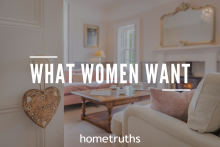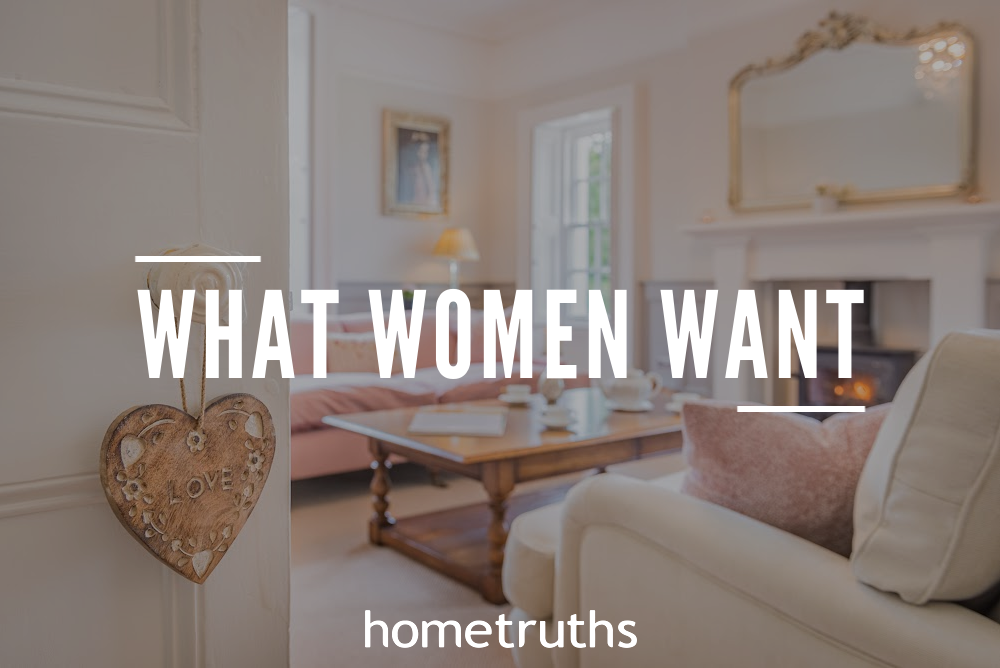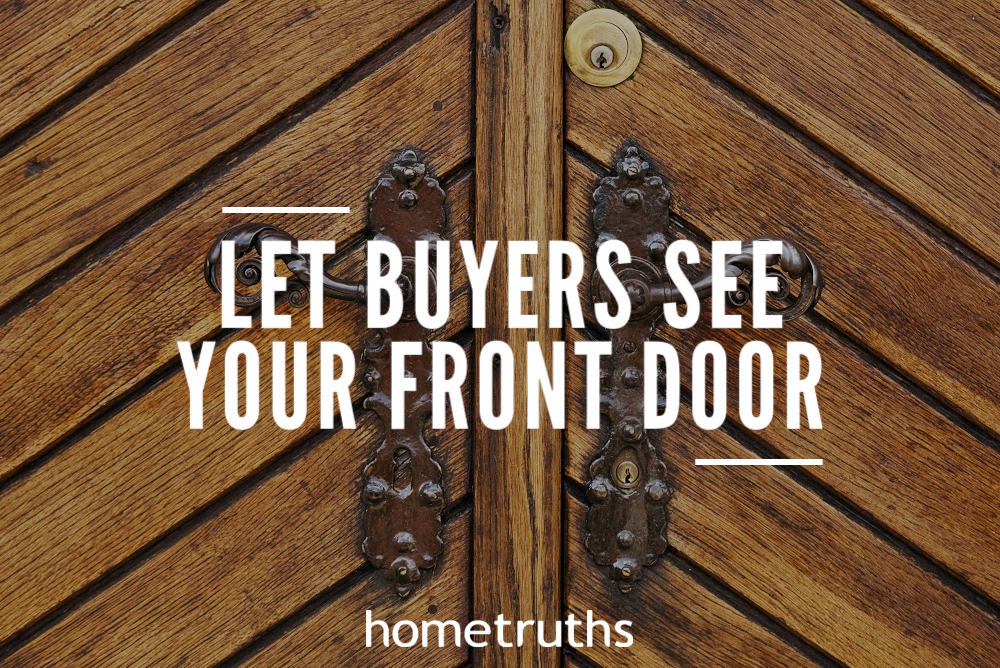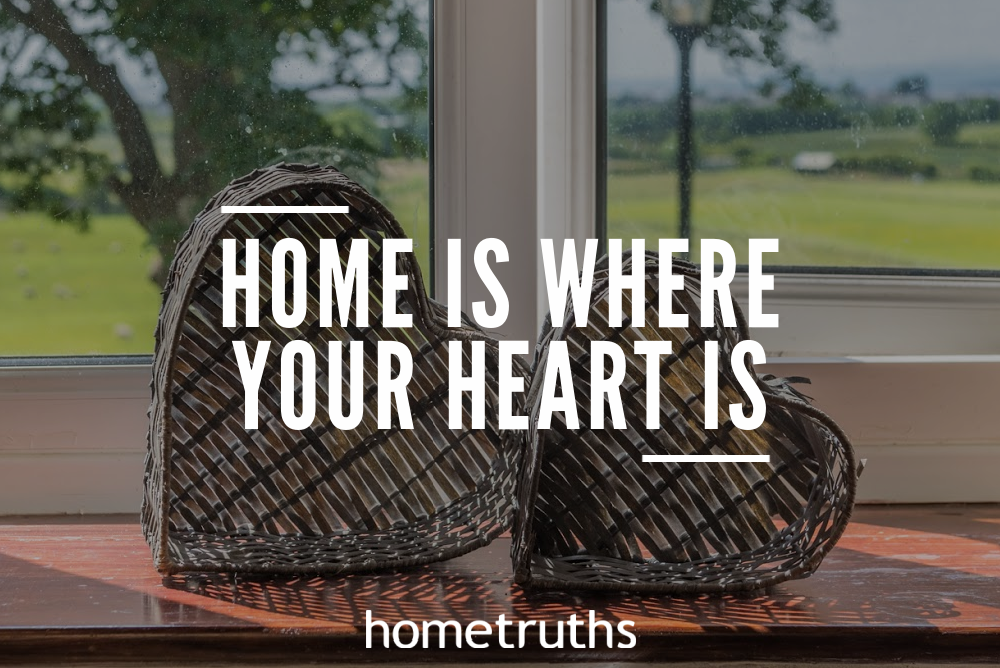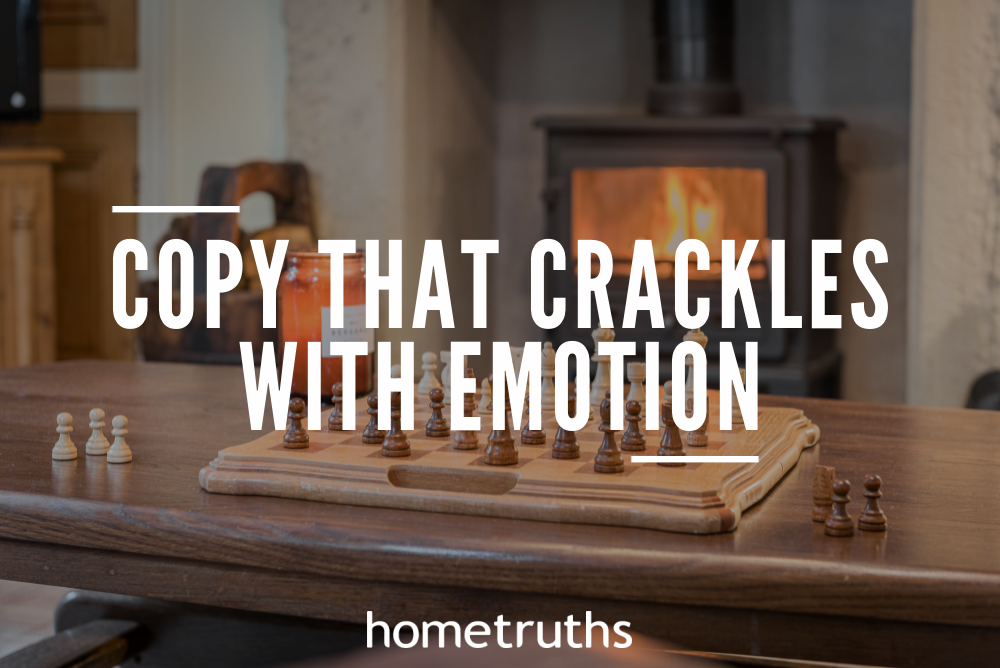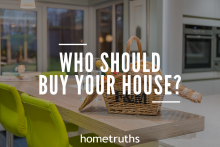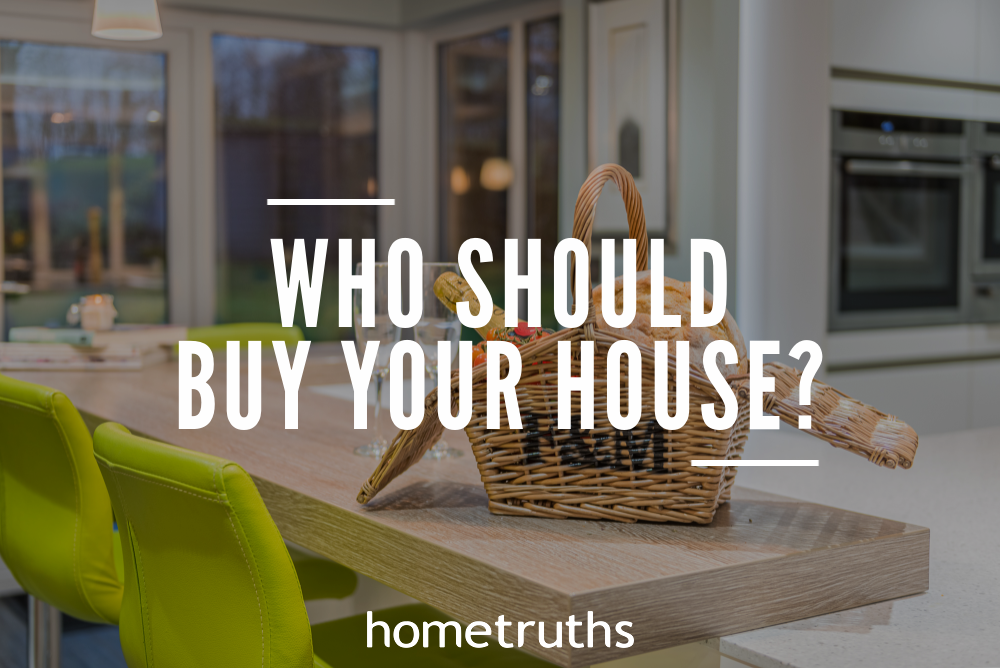This week, I received a call from someone who has a beautiful, architect-designed home for sale in Lancashire. A very unusual home, it’s a cross between a Huf House (do Google it if you haven’t come across them) and an individual ‘Grand Design’. It’s all dramatic angles, huge atriums, and an abundance of glass, chrome and natural wood.
The photographs of the external are stunning; cleverly, there are dusk shots – images taken in the early evening – with all the internal lights on so that it looks homely and welcoming. Because, you see, it’s not lived in. The owner, who lives about an hour away and built this property to sell and top up his pension, has put a few pieces of furniture in the key rooms, to give an indication of how it could be used. So the master bedroom has a bed in it, and the main living room contains a sofa and armchair, but there’s nothing really to indicate how a buyer might live there.
Now this is usually enough for a male viewer; men like impressive facades with dramatic angles and grand proportions. They are interested in the bricks and mortar aspect of a house: the number of rooms, the outside space, whether it has a double garage, those kind of things. Give him some gadgets too – a remote controlled fire, automatic gates, integral media system – and you’ll have him hooked from the first click.
Women are different. We rely on instinct far more. We will walk into a house and say ‘no’ before we’ve left the entrance hall, because it doesn’t ‘feel right’. On the other hand, men can end up totally bemused and bewildered by the strength of our conviction when a home does feel right, despite perhaps having none of the attributes from the original jointly-drawn up ‘tick list’. A lady owner may well tell you, even when she’s lived in the house for years, how she felt when she first walked in: “I just knew” she will sigh. And by the way, don’t underestimate the importance of her buying motivation: 80% of buying decisions are made or influenced by a woman. Ignore her needs at your peril……. .
Statistics show that only 5.5% of men pay the full asking price, and only 78% offer 90% or more of the asking price. Women buyers, on the other hand, are more motivated to secure a house, whatever the price, and 17% of them simply offer the full asking price of the property they want. An impressive 90% of female buyers offer 90% or more of the asking price, so determined are they not to lose the home they have set their heart on.
So as a buyer, how on earth do you connect emotionally with a lady buyer to make her “just know” as soon as she walks through the door of your house? As I told the seller of this Grand Design: by making it beautifully homely, and at the same time highly aspirational. All the little touches that make a house a home need putting in place to seduce her: window dressing, luxurious bedding, sumptuous cushions, a kitchen full of gorgeous cookware, candles and towels in the bathroom, and those shiny floors adorned with warm, textured rugs.
I’ve estimated that to add this feminine appeal in a house that is over 7,000 square feet may well cost him between £20,000 and £30,000, but his property is for sale for £1 million. A 2-3% investment is a far better route to securing a buyer than the alternative his agent is recommending – to drop the asking price by £50,000.
If you can identify what a woman wants, and give it to her, she’ll not only fall head over heels in love with the house, she’ll also persuade a less emotionally-driven partner that they absolutely, positively must buy your house.
If you’d like my help to sell your home more effectively, please answer a few short questions here and if I think I can help you, I’ll be in touch.


